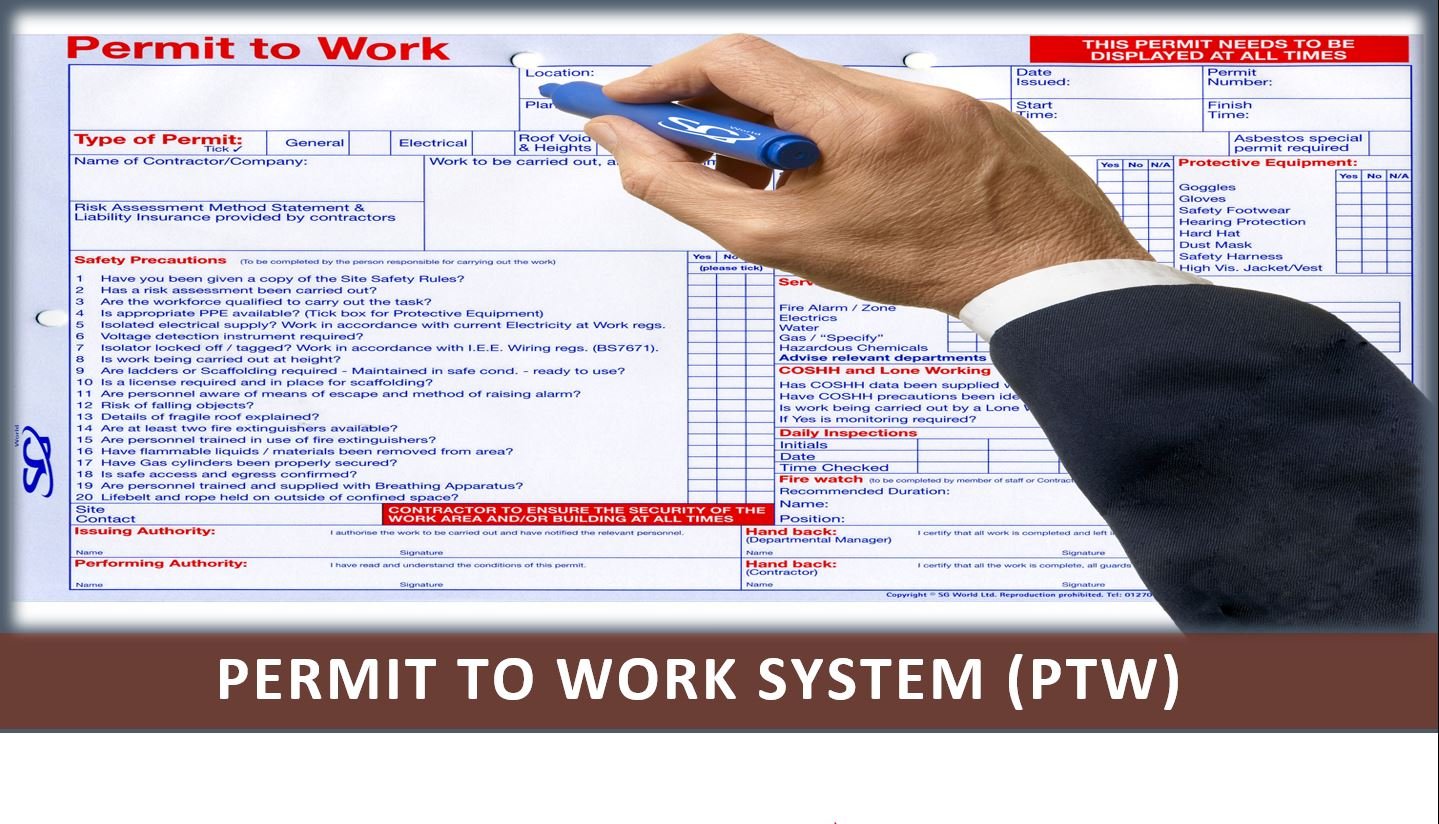When it comes to construction sites, safety should always be the top priority. Tower cranes, with their towering heights and heavy loads, require special attention and preparedness in case of emergencies. Having a well-defined emergency rescue plan is crucial to ensuring the safety of workers and mitigating potential risks. In this article, we will discuss the key elements of a tower crane emergency rescue plan, including preparation, rescue teams, equipment, and training.
Read more: Mobile Scaffold Inspection Checklist
Preparation
A comprehensive emergency rescue plan for tower cranes begins with thorough preparation. This involves assessing potential risks and developing strategies to address them. Here are some important steps to consider:
Read also: CRANE INSPECTION REPORT
1. Risk Assessment
Conduct a thorough risk assessment of the construction site to identify potential hazards that may pose a risk to the tower crane and its operators. This assessment should include factors such as weather conditions, proximity to power lines, and the stability of the ground.
2. Communication Plan
Establish a clear communication plan that ensures effective communication between the crane operator, rescue teams, and other workers on the site. This plan should include designated emergency contact numbers, radios, or other communication devices to enable quick and efficient communication during emergencies.
3. Evacuation Procedures
Develop evacuation procedures specific to tower crane emergencies. This should include clear instructions on how to safely evacuate the crane, ensuring the safety of the operator and other workers in the vicinity.
Rescue Teams
Building a competent and well-trained rescue team is essential for tower crane emergencies. Here are the key considerations:
1. Selection and Training
Identify individuals with the necessary skills and experience to form the rescue team. These individuals should undergo specialized training in tower crane rescue techniques, including harnessing, rope access, and the use of specialized rescue equipment.
2. Team Composition
Ensure that the rescue team consists of an adequate number of members to handle various emergency scenarios. Each team member should have clearly defined roles and responsibilities to ensure effective coordination during rescue operations.
3. Regular Drills and Exercises
Regularly conduct drills and exercises to simulate tower crane emergencies. This will help the rescue team familiarize themselves with the equipment, practice rescue techniques, and improve response times.
Read: Books: How to Plan for Workplace Emergencies and Evacuation
Equipment
Having the right equipment is crucial for a successful tower crane rescue operation. Here are some essential tools and equipment:
1. Personal Protective Equipment (PPE)
All rescue team members should be equipped with appropriate PPE, including helmets, gloves, harnesses, and safety boots. This ensures their safety while performing rescue operations at heights.
2. Rope Access Equipment
Rope access equipment, such as harnesses, ropes, and pulleys, is essential for accessing and rescuing individuals from tower cranes. This equipment should be regularly inspected and maintained to ensure its reliability.
3. First Aid Kits
Keep fully stocked first-aid kits readily available on-site. These kits should contain essential medical supplies to provide immediate care to injured individuals until professional medical help arrives.
Training
Proper training is vital for both crane operators and rescue teams. Here’s why:
1. Operator Training
Ensure that all crane operators undergo comprehensive training on tower crane operations, safety protocols, and emergency procedures. This training should include simulated emergency scenarios to prepare operators for potential risks.
2. Rescue Team Training
Provide specialized training to the rescue team on tower crane rescue techniques, equipment usage, and coordination with other emergency personnel. Regular refresher courses and ongoing training are essential to maintain their skills and readiness.
Conclusion
In conclusion, a well-prepared tower crane emergency rescue plan is crucial for ensuring the safety of workers and mitigating potential risks on construction sites. By following the steps outlined in this article, including thorough preparation, building competent rescue teams, having the right equipment, and providing comprehensive training, construction companies can enhance their emergency response capabilities and protect the well-being of their workers.




